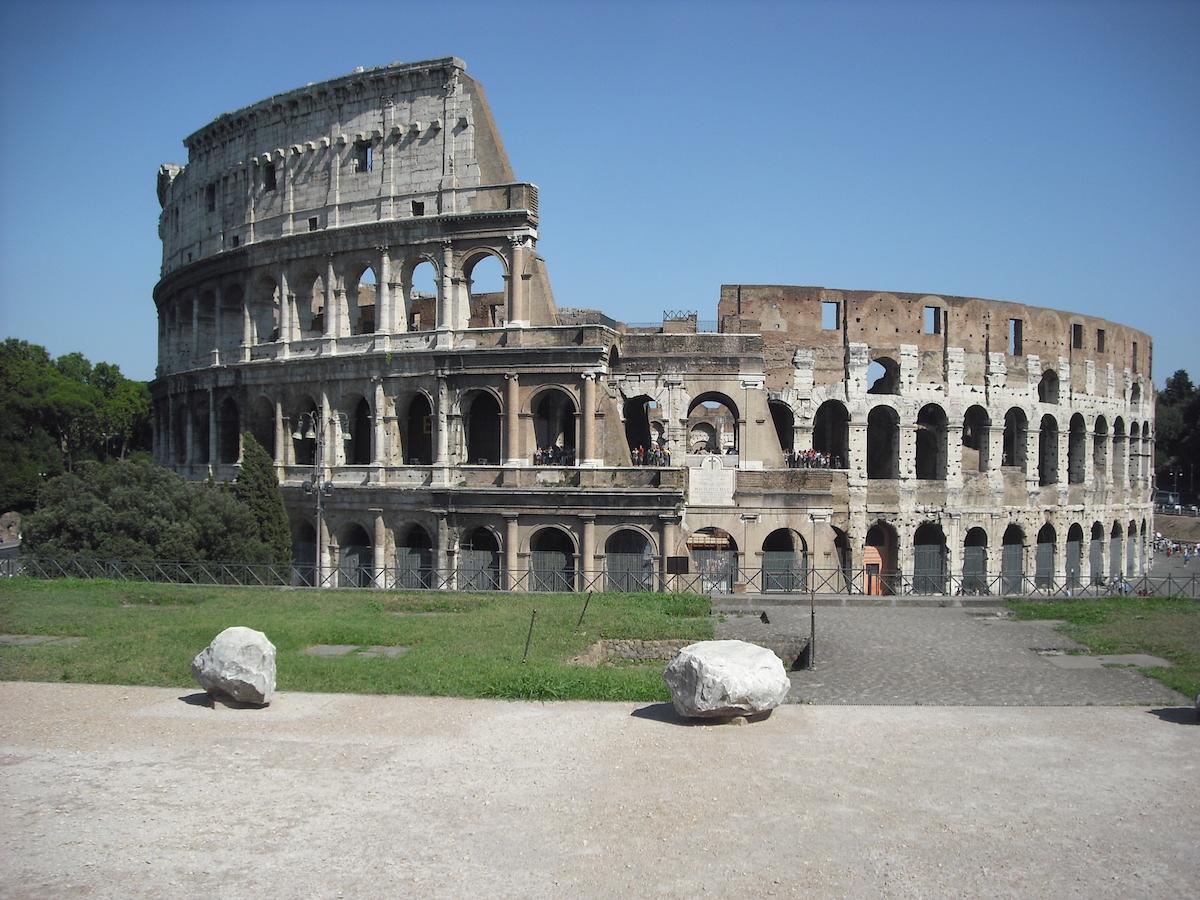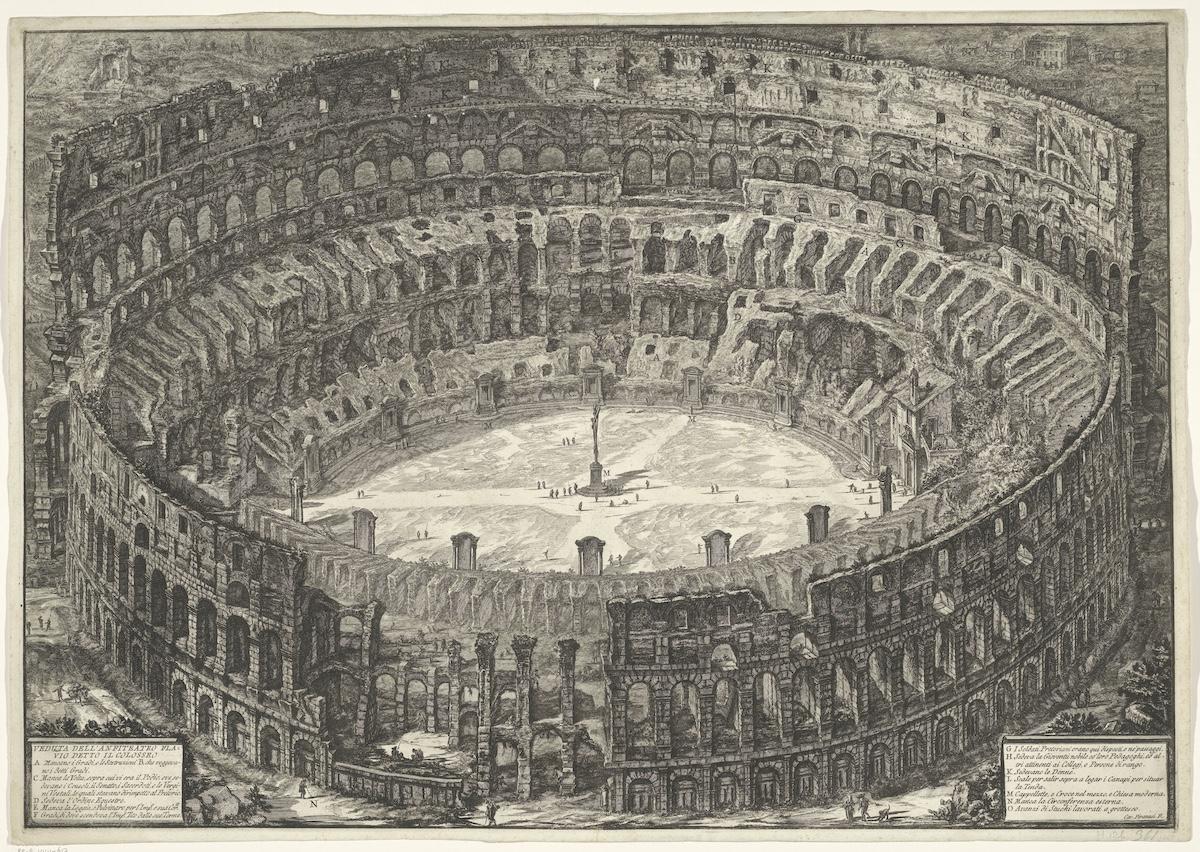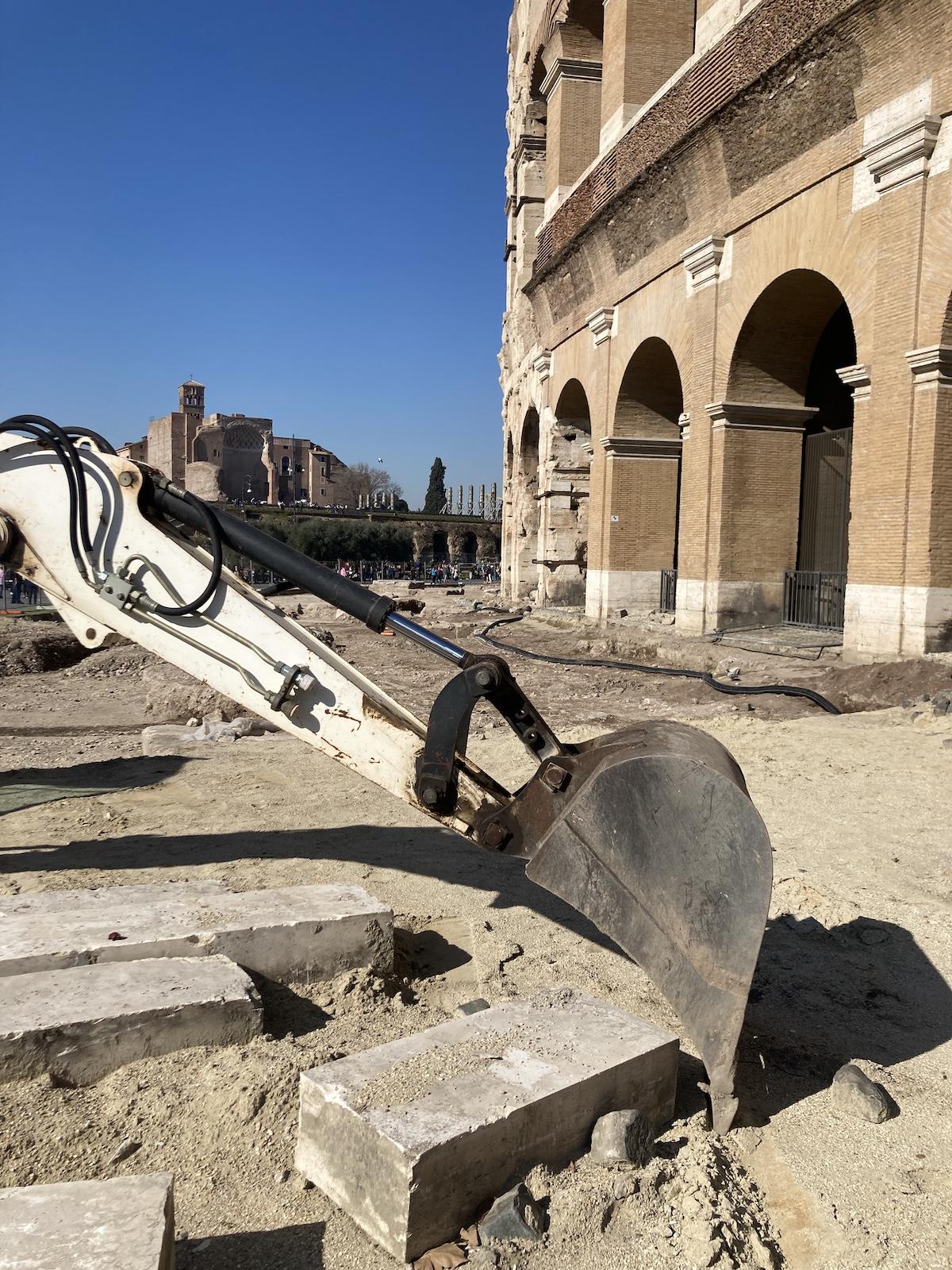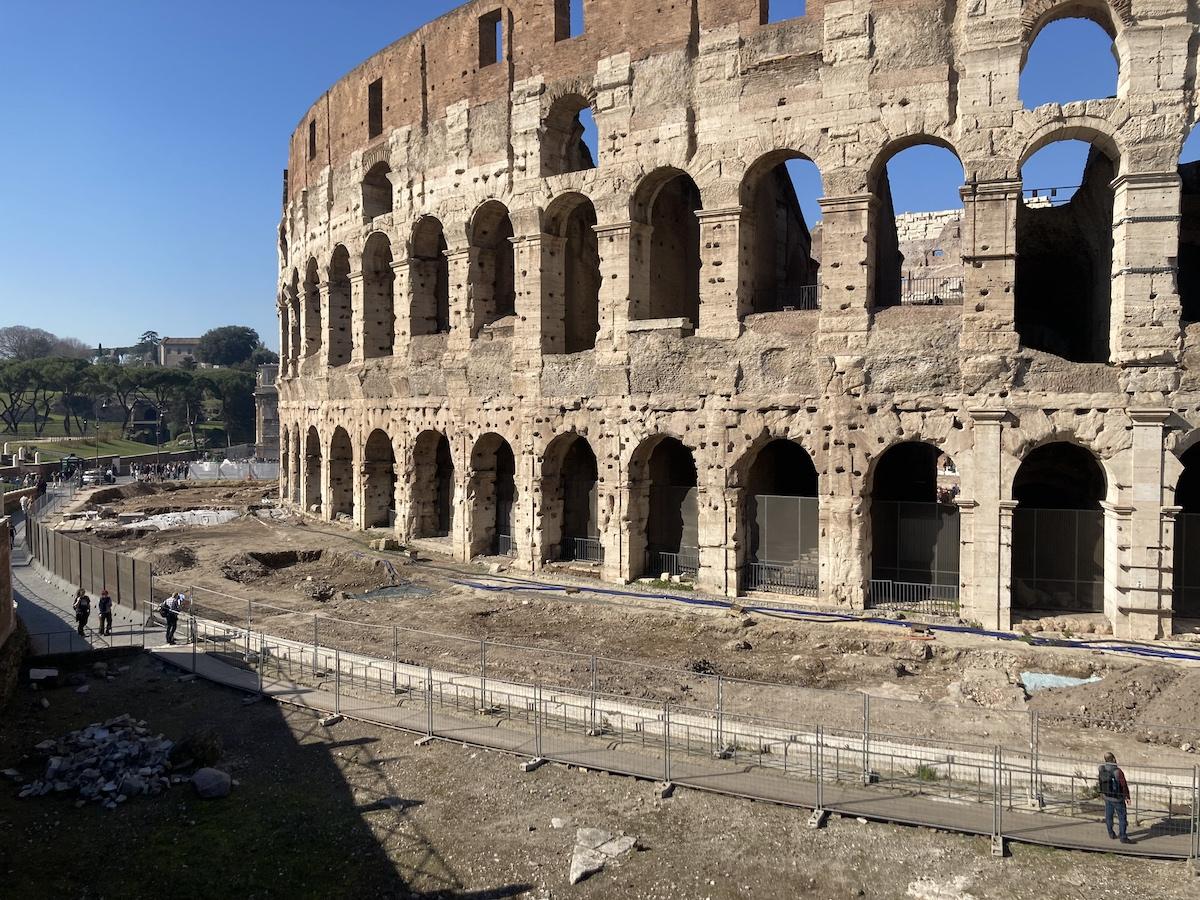Since October, archaeologists have been excavating a stretch of some 200 meters of the southern perimeter of the monument. This is the least well-preserved side of the Colosseum, where the entire outer ring of its arches is missing.
Built between AD 70 and 80, the Colosseum served as an arena for spectacles for over four centuries. Gladiatorial matches continued until the AD 430s and animal hunts were last mentioned in the 520s. Soon after this, it appears that the building went out of use and serious damage occurred to the southern side, likely due to earthquakes. Collapses continued in subsequent centuries and much of the white, travertine stone was taken away and reused to build the churches and palaces of Medieval and Renaissance Rome.




























